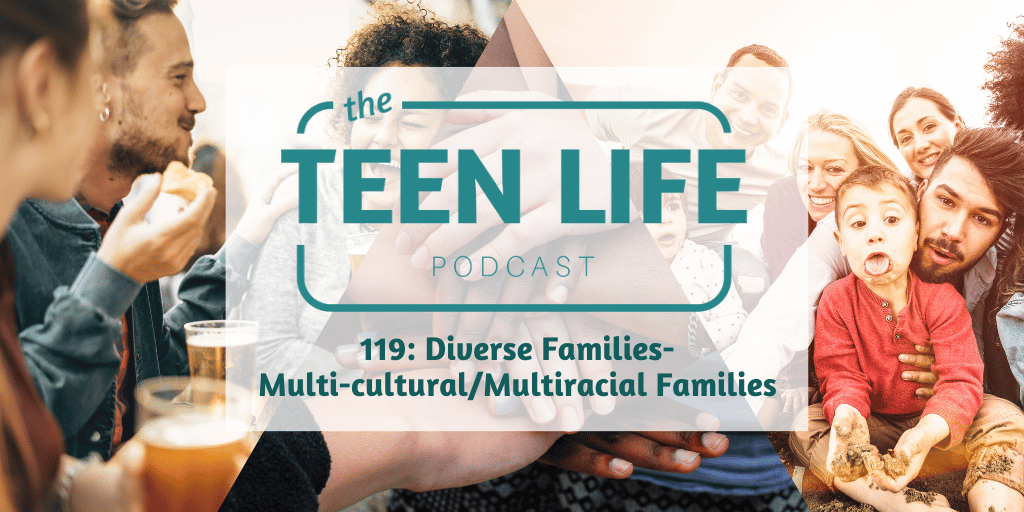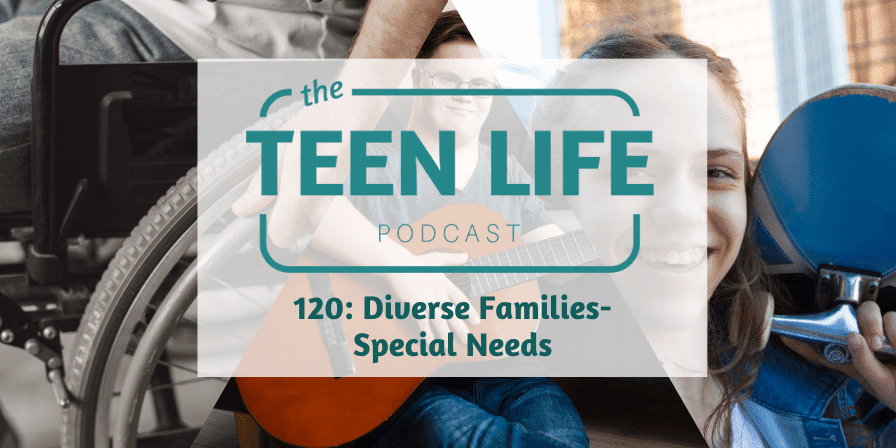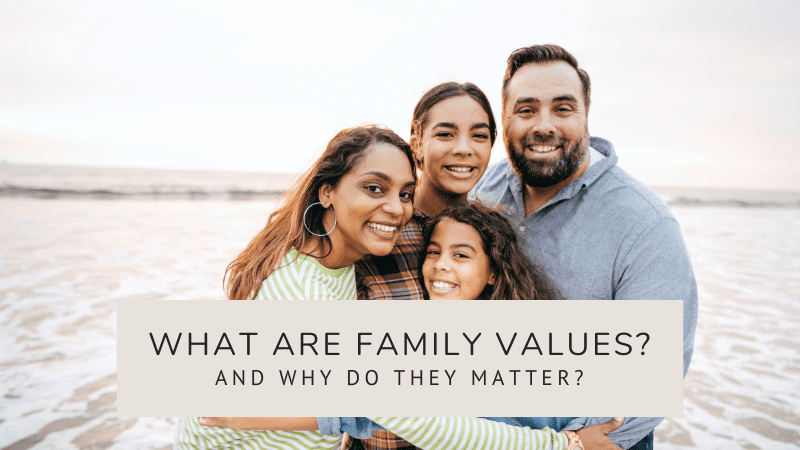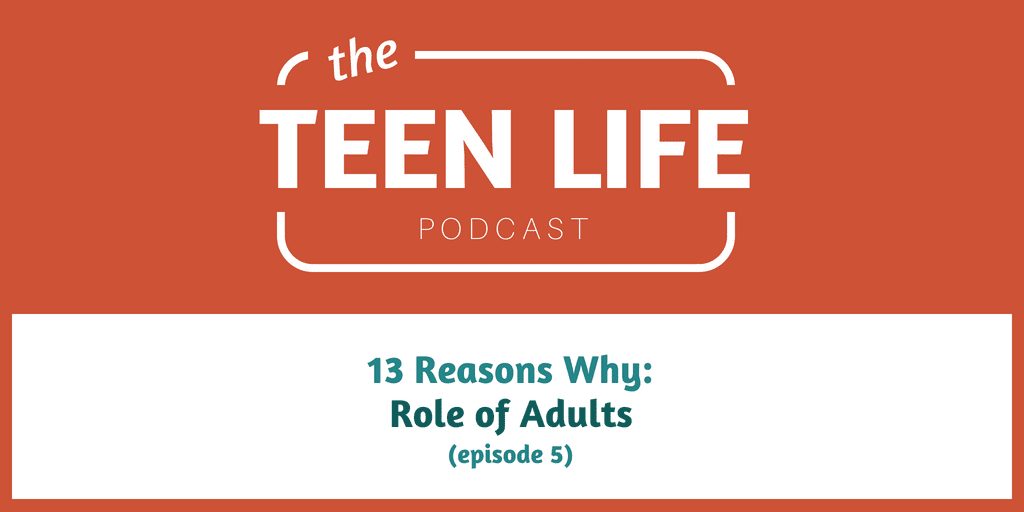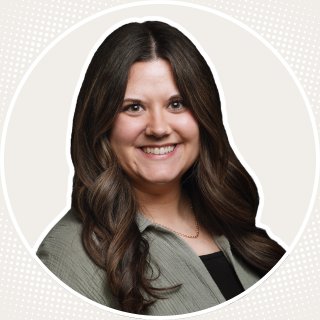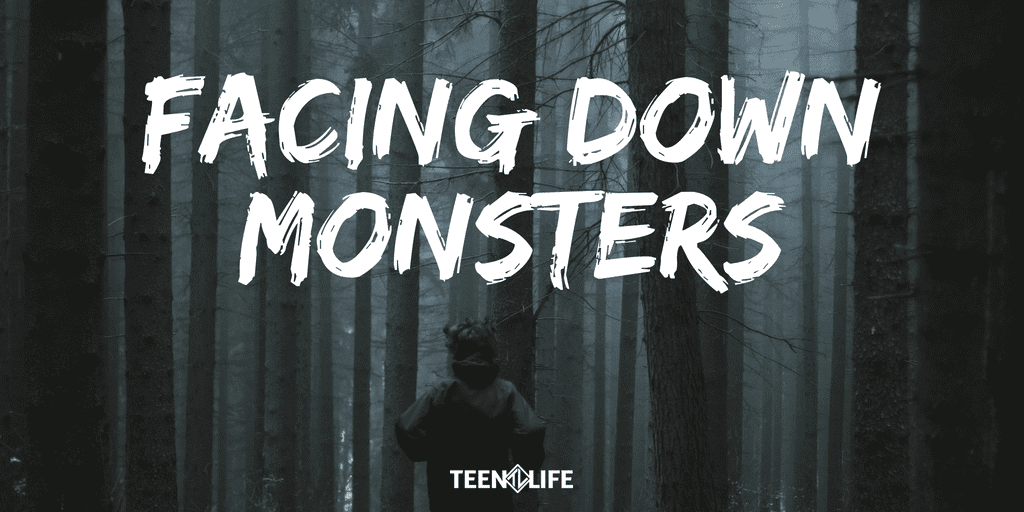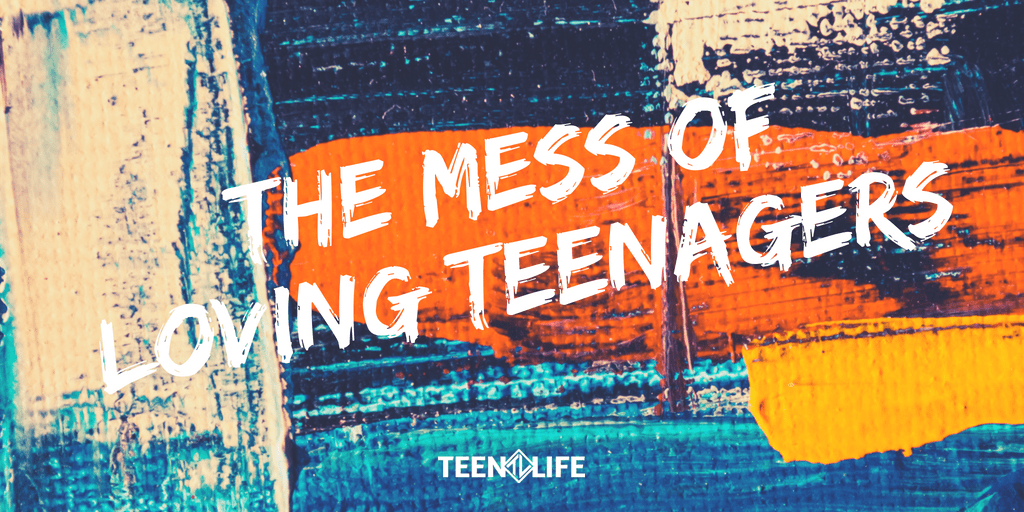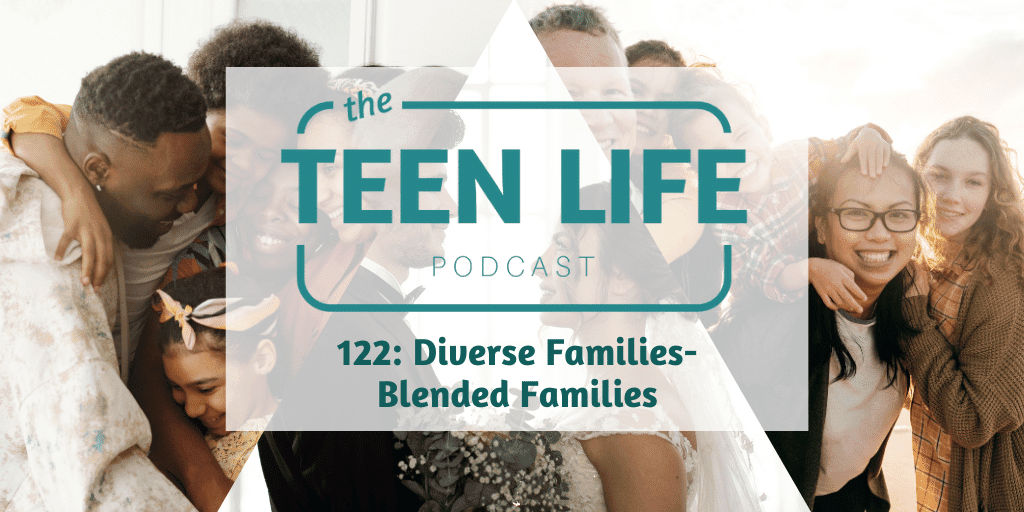
Ep. 122: Diverse Families- Blended Families with Teenagers
Podcast: Play in new window | Download
What is it like blending families with teenagers?
Creating blended families with teenagers, or kids of any age, is not for the faint of heart. And yet, many parents are blending families with teens, co-parents, step-parents, and kids. In Support Groups, we often see teens who have been through divorces and remarriages and have siblings from multiple marriages.
Blended families have rapidly moved from being a marginalized family type to being the typical one. We can only assume that the current trend is higher, but, in 2015, 40% of American families were blended.
According to Forbes, the current divorce rate in the United States hovers just below 50%, but only for first marriages. For second marriages, that number increases to 67% and nearly 3 out of 4 third marriages fail. Of those new marriages, 40% included people who are remarrying.
Scott and Vanessa Martindale know first-hand how long the road can seem when navigating blending a family with a teen. And how lonely it can be. Vanessa not only grew up in a blended family, but when her eldest son was twelve, she married Scott and they formed one of their own.
In their journey, they found that resources were scarce and they wished for a more robust support system to help them thrive, especially within their church. So, they went on to create Blended Kingdom Families, a podcast and curriculum that they use to help churches around the world minister to blended families of every kind.
What about parenting in a blended family with teens?
The most important tip from the Martindales is to continue parenting.
It can be easy to get caught up in the emotional trauma of divorce, but it’s important to remain consistent and to continue setting clear boundaries and offering support to your kids.
It’s also crucial that you don’t use your kids to “get back at” your ex. Helping them adjust to the new normal is hard, but will pay off in the long run.
They also suggest letting the natural parent take the lead on parenting their birth children until the step-parent has had time to build a trusting relationship with that child. Otherwise, resentment can set in and be more harmful than helpful.
How can we best support parents and teens that are starting their own blended family?
First of all, families just starting on their journey have tons of questions, so one of the best things anyone can do is help them find great resources like Blended Kingdom Families.
Creating welcoming environments where blended families and teens can be encouraged is a huge help. It’s always great for parents and kids to have a friendly ear, especially when they’re often worried about hurting someone’s feelings.
What can schools (and other caring adults) do to help teens struggling with their parents’ divorce?
Schools and school counselors are a great resource for kids and teens who are struggling with their parents’ divorce or remarriage.
Here are a few ways caring adults can help:
- Be a listening ear.
- Be a neutral eye that informs the parents of reactions and observations that might help them parent their child.
- Always communicate everything with both sets of parents.
In this episode, we mentioned or used the following resources about blended families
- Blended Kingdom Families Website
- Blended Kingdom Families Podcast
- Blended Kingdom Teens Podcast
- YourTeenMag.com: 7 Guidelines for Building a Successful Blended Family
- Podcast music by Luke Cabrera & Tobin Hodges
Have a question?
If you have a question about something you heard or just want to give us some feedback, please leave us a comment below. We would love to hear from you!
About Us

Chris Robey
Former CEO

Vanessa Martindale
Special Guest

Scott Martindale
Special Guest
Chris Robey | Former CEO
Chris has spent most of his career empowering teenagers from all backgrounds. As the former leader of Teen Life, he is passionate about helping students make good choices while also giving adults the tools they need to communicate more effectively with teens. Chris is a graduate of Midwestern State University and holds a Master’s Degree in Family Life Education from Lubbock Christian University.
Scott Martindale | Special Guest
Scott Martindale is an authentic and passionate leader who loves to help people with their marriage, faith and daily walk of life. As a Christian LPC- Licensed Professional Counselor, that specializes in blended families, marriage and pre-marriage with over 17 years of experience. Scott holds a bachelors degree in psychology from Abilene Christian University and holds a Masters Degree in Counseling and Human Development from Hardin Simmons University.
Scott and his wife Vanessa, have been married over 10 years and are the founders of Blended Kingdom Families—a ministry that is committed to equipping and educating blended families with resources and practical skills through the truth of God’s word, empowering marriages and families to flourish in their kingdom identity and live life abundantly. Scott’s heart is to partner with married couples and families, to help them navigate the beautiful process of marriage and blending a family with Kingdom foundations.
Vanessa Martindale | Special Guest
Vanessa Martindale is a genuine and enthusiastic believer who loves Jesus, the bible and His people. She is a Christian wife and mother, registered nurse and current Graduate Student at The Kings University pursuing a Masters Degree as a Marriage and Family therapist. She is also the ministry founder of Blended Kingdom Families.
Vanessa and her husband Scott, are a blended family with four sons. Together they are the founders of Blended Kingdom Families, a Christian Ministry committed to equipping and educating blended families with resources and practical skills through the truth of God’s word, empowering marriages and families to flourish in their kingdom identity and live life abundantly.









